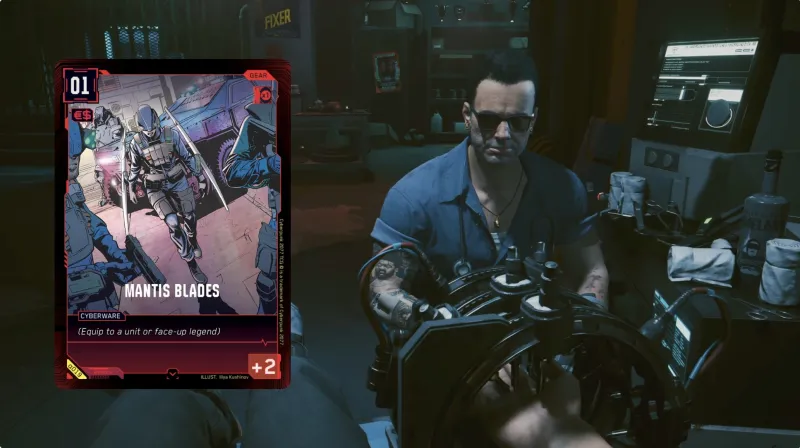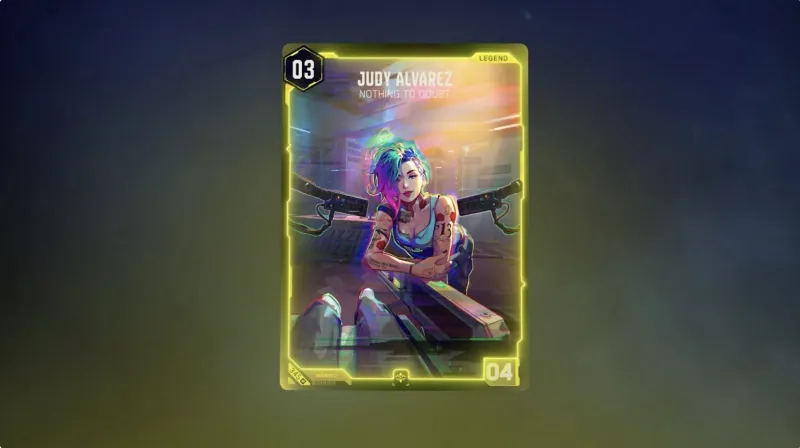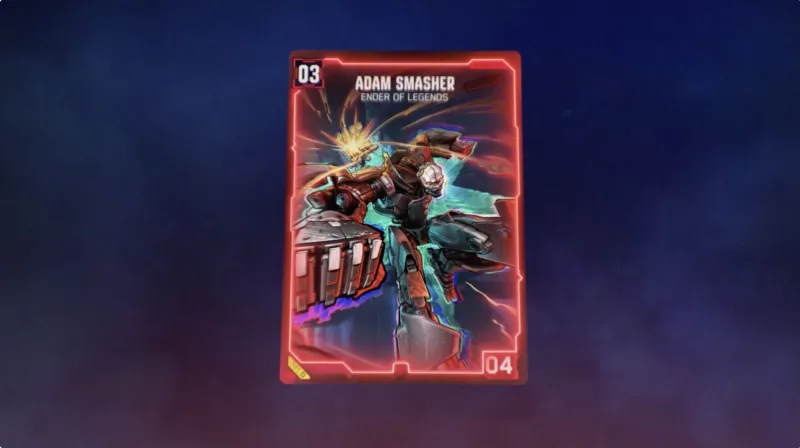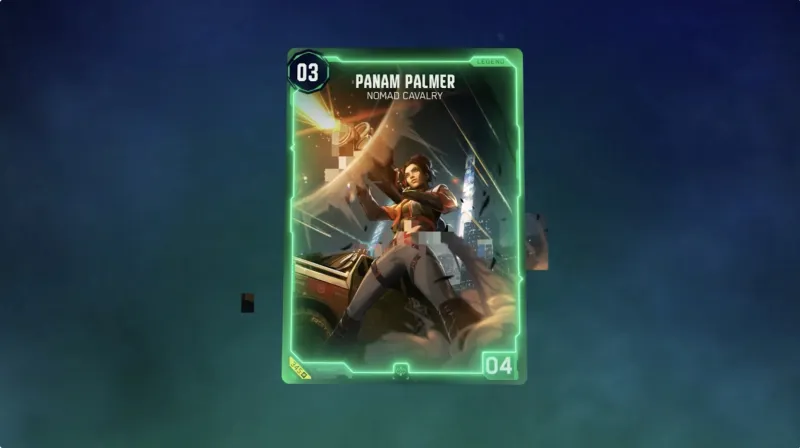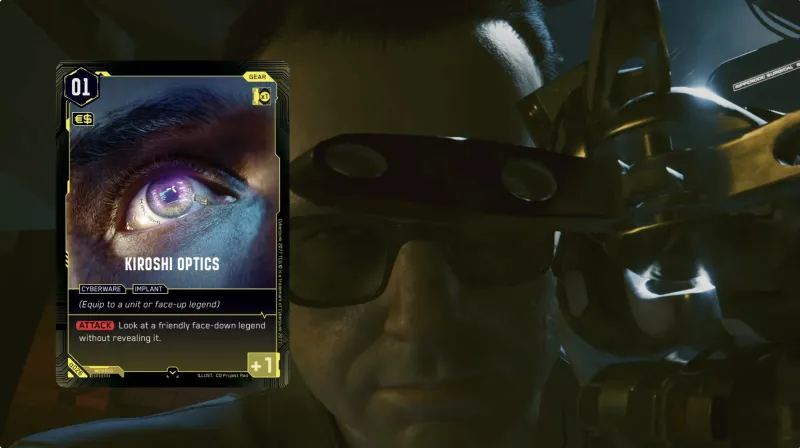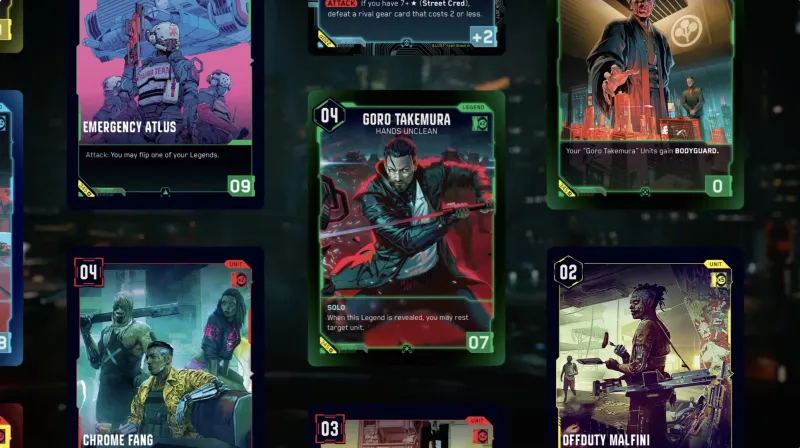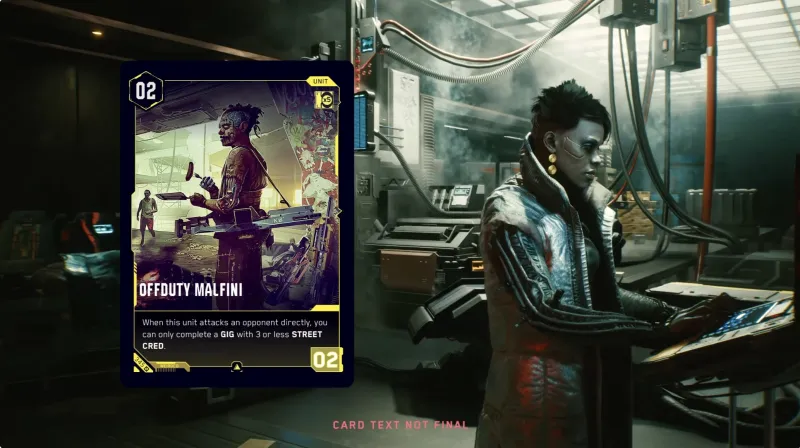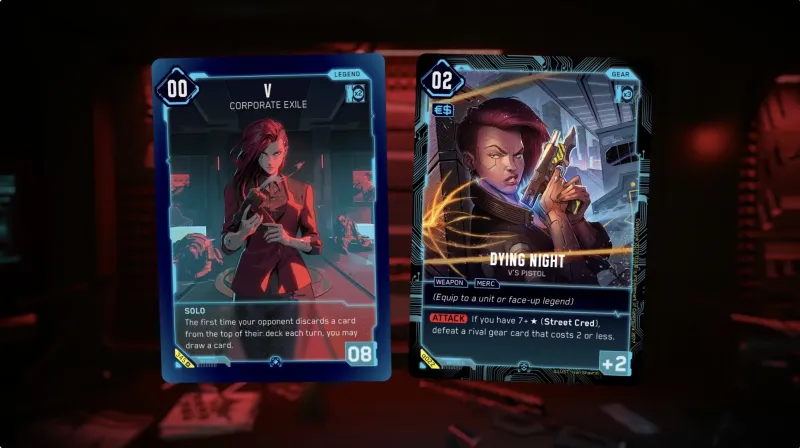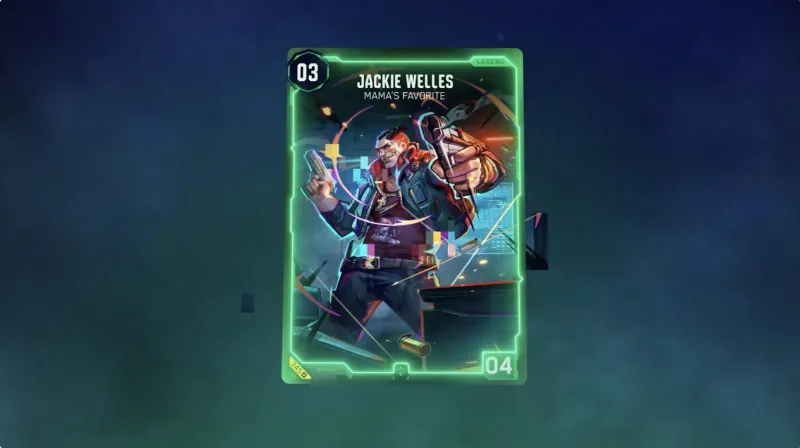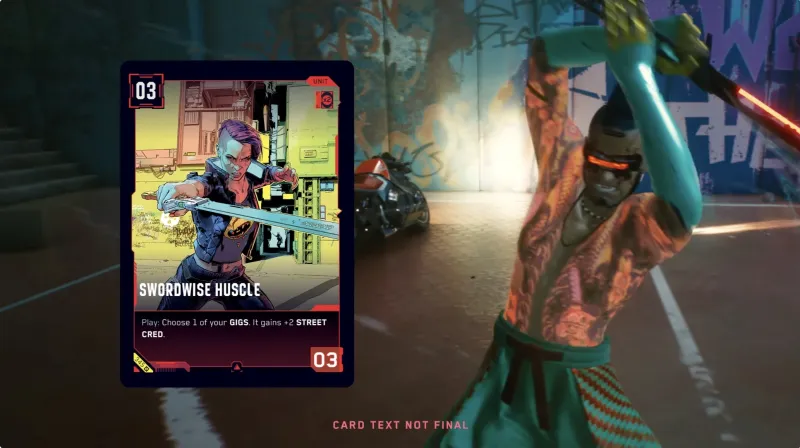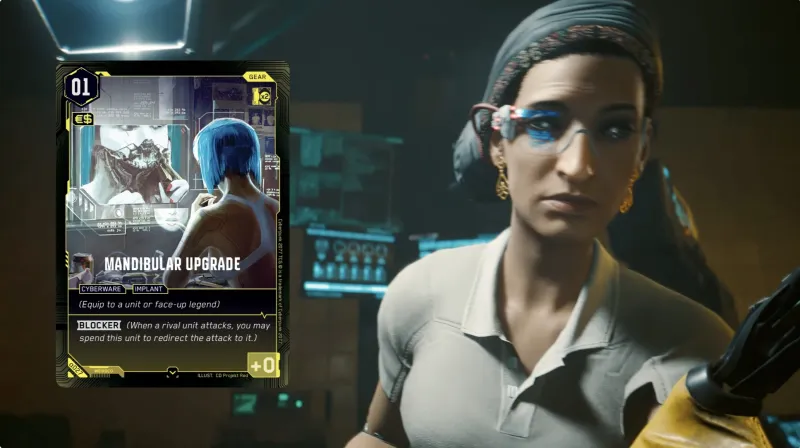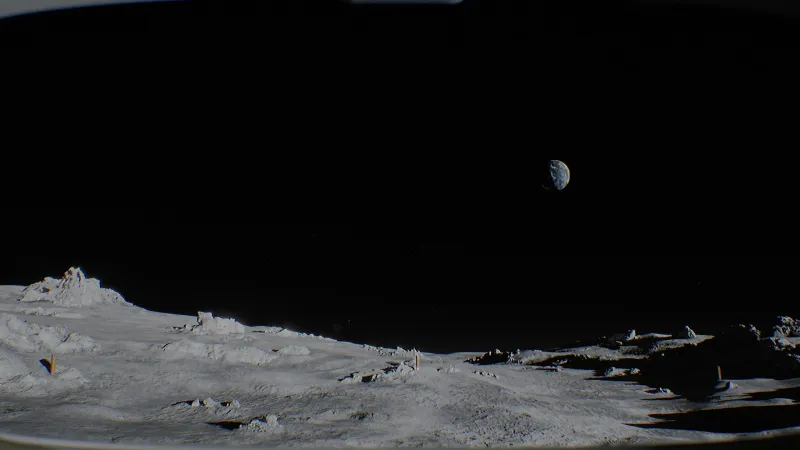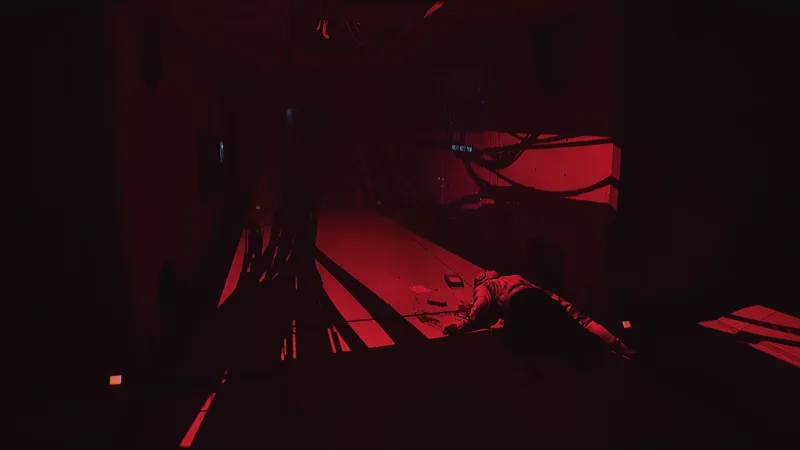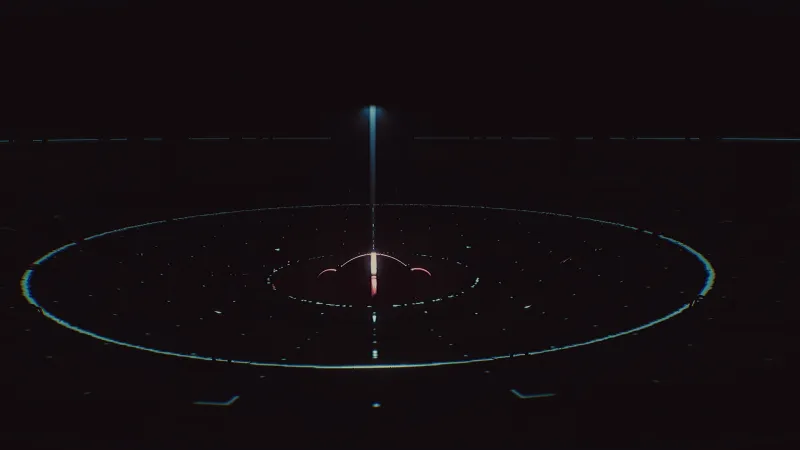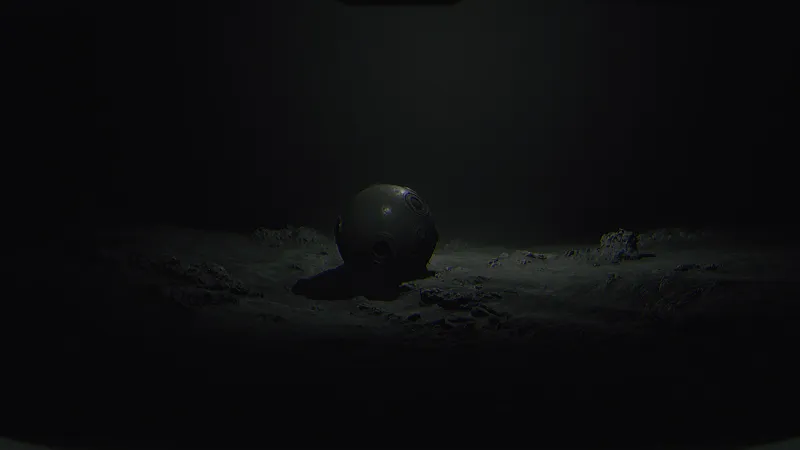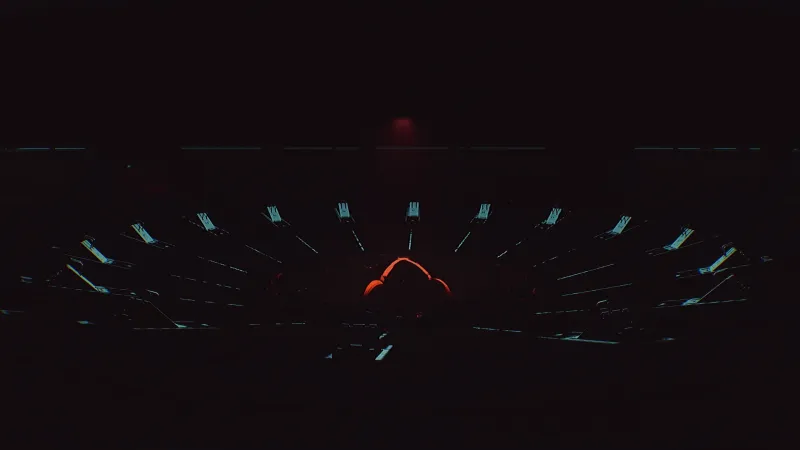Reading List
The most recent articles from a list of feeds I subscribe to.
Cyberpunk Trading Card Game Brings 2077 And Edgerunners To Tables With A Kickstarter Next Year
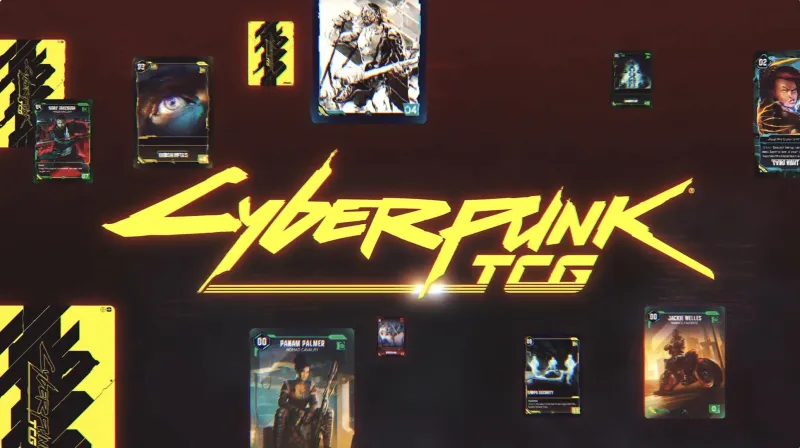
CD Projekt Red and card game maker WeirdCo have revealed Cyberpunk TCG, a physical-only trading card game featuring characters, locations, gear, and more from the world of Cyberpunk 2077 and Cyberpunk Edgerunners. A Kickstarter for the TCG will go live next year, and if you sign up now, you will eventually receive a free Lucyna Kushinada (from Edgerunners) card one day.
"In Cyberpunk Trading Card Game, you'll put together the ultimate edgerunner crew with characters from across the franchise, pitting them against your opponents as you fight to become a Night City legend," the Cyberpunk TCG reveal trailer description reads. "Featuring stunning, custom artwork, Cyberpunk TCG is designed for trading card players, avid collectors, and fans of the Cyberpunk franchise alike."
Check out the Cyberpunk TCG reveal trailer for yourself below:
As you can see, if you sign up for the TCG here, you'll receive a free exclusive Lucy card when the game presumably launches one day. As for when that might happen, it could be a while because the Kickstarter for Cyberpunk TCG doesn't go live until next year, and then the game has to be made after it (hopefully) reaches Kickstarter's goals.
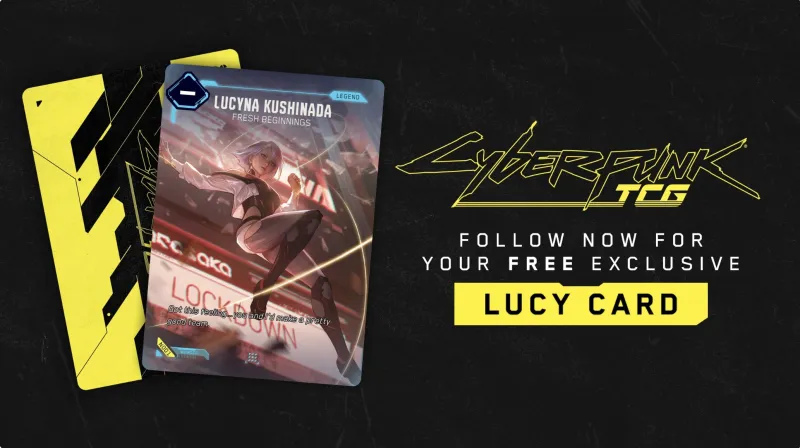
In the meantime, scroll through the gallery below for an early look at all the cards we spotted in the Cyberpunk TCG reveal trailer:
While waiting for Cyberpunk TCG's Kickstarter to go live next year, read Game Informer's Cyberpunk 2077 review, and then read our review of Cyberpunk 2077: Phantom Liberty.
Are you interested in this TCG? Let us know in the comments below!
Resident Evil Requiem: Storefronts Accidentally Leak Two Unannounced Characters
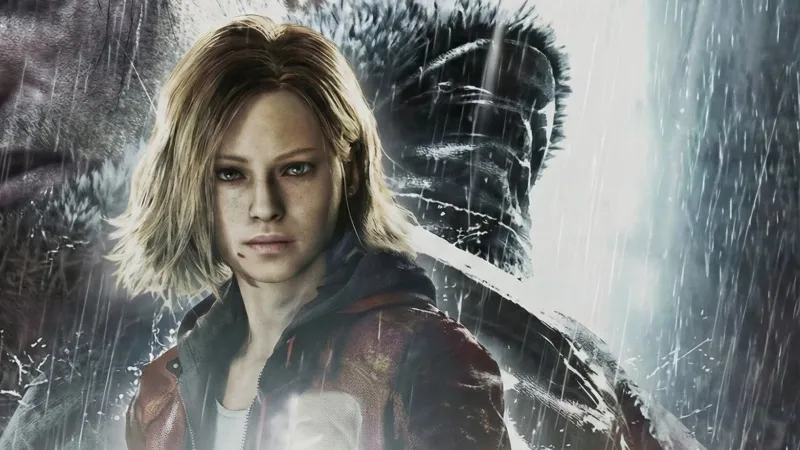
Two storefronts have accidentally leaked unannounced characters that will seemingly appear in Capcom's upcoming Resident Evil Requiem; one of them is highly expected and the other is quite the opposite. Before we dive into the details, this is your warning to leave this article if you don't want two unannounced characters for Requiem spoiled.
Spoiler Warning: We're About To Detail Two Leaked Characters
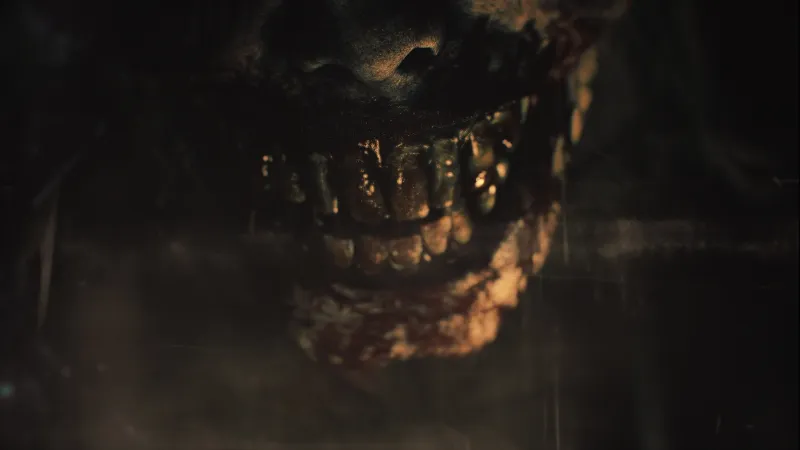
Okay, if you're still here, you've been adequately warned. Let's dive in!
Yesterday, a GameStop listing for the Deluxe Edition of Requiem on PC – the listing has been removed, but Game Informer saw it before that – lists cosmetic skins as bonus content for a character who hasn't been announced or revealed in Requiem. That character is Rosemary Winters, the daughter of Ethan Winters and the protagonist of Resident Evil Village's Shadows of Rose DLC. The now-removed listing includes a Shadow Walker Costume Pack, which mentions "three exclusive outfits" for the character and a unique look for the character's visor, too, as noted by VideoGamesChronicle.
This leak seems to indicate that Grace Ashcroft isn't the only playable character, unless the leaked unannounced character follows Grace but isn't playable (hence the cosmetic skin options).
This morning, December 9, the PlayStation Store listing of Requiem leaked another unannounced character, as reported by IGN, and it's none other than Leon S. Kennedy. The listing features new cover art for Requiem, and there's a character behind Grace Ashcroft, the playable protagonist of the game, looming large, and it's one we've been expecting to see in the game.
Check it out in the leaked PlayStation Store cover art for Resident Evil Requiem below:
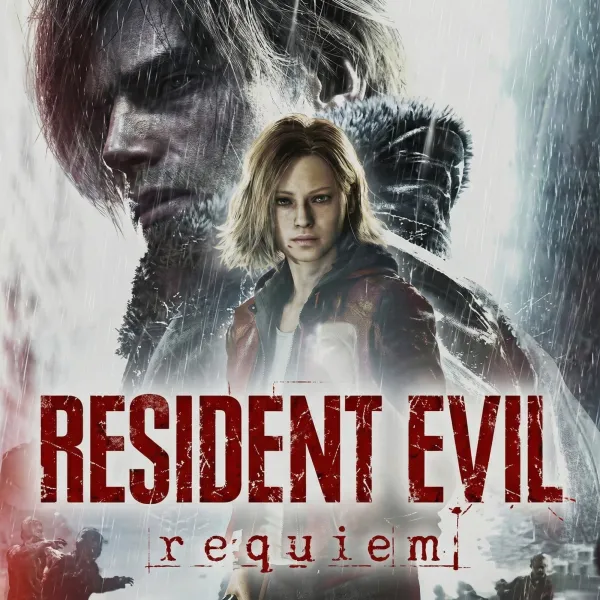
As you can see, this character hasn't been officially announced, but it's pretty clear who it is, given the hair, jacket, and other details. While the amount of space this character takes up on the key art seems to indicate they might be playable, that remains unknown, with Grace Ashcroft currently the only announced playable protagonist.
With a Resident Evil Requiem showcase set for early next year, the February 27 release date nearing closer, and The Game Awards happening this week, we wouldn't be surprised if there's more Requiem in store very soon (Requiem was announced at TGA creator Geoff Keighley's Summer Game Fest, after all).
In the meantime, read Game Informer's hands-on preview of Resident Evil Requiem, and then check out this special Requiem Nintendo Switch 2 Pro Controller and Amiibo. After that, read Game Informer's exclusive interview with the director and producer of Requiem.
[Source: VideoGamesChronicle, IGN]
What are your thoughts on these two characters and where they might fit in Requiem? Let us know in the comments below!
The Elder Scrolls V: Skyrim Switch 2 Version Out Now
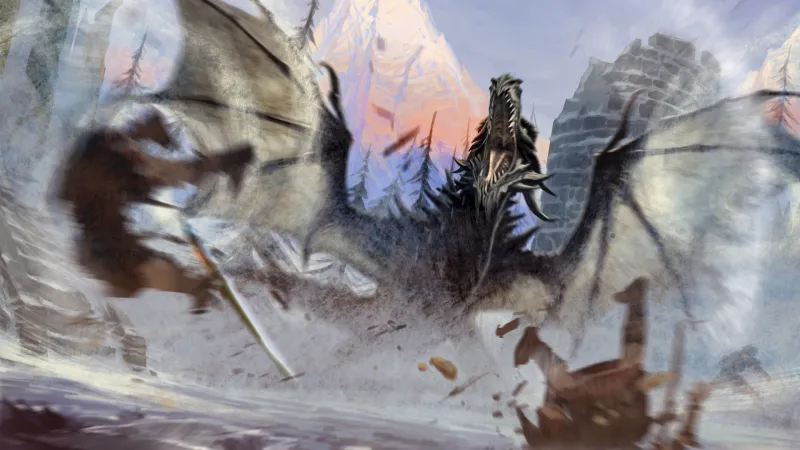
One of Bethesda's most critically acclaimed games, The Elder Scrolls V: Skyrim, is the latest game to receive an upgraded version for Nintendo's new, more powerful console. The Elder Scrolls V: Skyrim arrived on Switch in 2017, complete with some exclusive items inspired by the Legend of Zelda franchise. Today, Bethesda surprise-launched the Switch 2 version of Skyrim Anniversary Edition.
The Elder Scrolls V: Skyrim Anniversary Edition gathers the base game and its three official expansions. Today's new Switch 2 edition adds better resolution, faster load times, more optimized performance, and Joy-Con 2 mouse support. Those new features join the existing Switch-exclusive features, including motion controls, Amiibo support, and items from The Legend of Zelda: Breath of the Wild, including the Master Sword, Hylian Shield, and Champion's Tunic. The Anniversary Edition also includes access to user-generated Creations Club content.
The Elder Scrolls V: Skyrim Anniversary Edition for Switch 2 costs $60. If you own The Elder Scrolls V: Skyrim Anniversary Edition on Switch, the upgrade to the Switch 2 version is free. If you only own the base edition of Skyrim on Switch, you can purchase a $20 upgrade to the Anniversary Edition to also receive the Switch 2 upgrade.
The Elder Scrolls V: Skyrim originally launched on November 11, 2011. To this day, it's one of the most critically acclaimed video games of all time, with a Metacritic average score of 96, including a 9.5 from Game Informer.
Routine Review – My Strange, Scary, Good Work Shift
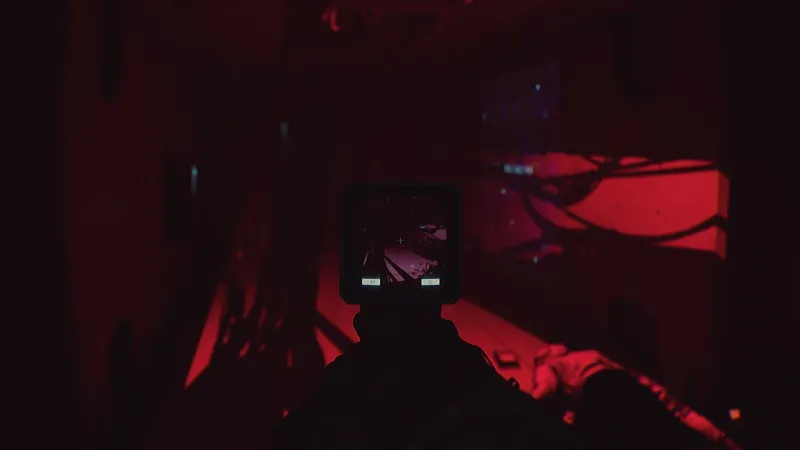
Reviewed on:
PC
Platform:
Xbox Series X/S, Xbox One, PC
Publisher:
Raw Fury
Developer:
Lunar Software
Release:
Rating:
Teen
There was a 20-minute period early in my playthrough of Routine where I walked back and forth between rooms and through hallways in this game’s abandoned, defunct, and seemingly malfunctioning lunar station in search of one simple thing: my own ID number. Papers plaster the surrounding walls, explaining that every person on the station must carry their ID badge with them at all times, including me. I look everywhere for that badge, needing to input my ID into a computer terminal to advance forward… well, almost everywhere. Crucially, I don’t look down at my chest, where my ID badge hangs nonchalantly. The ID I searched for 20 minutes to find was with me all along, attached to my moon suit. This admittedly embarrassing lesson reshaped my approach to Routine, paving the way forward for a sublime and highly tactile puzzle adventure that kept me glued to my mouse and keyboard.
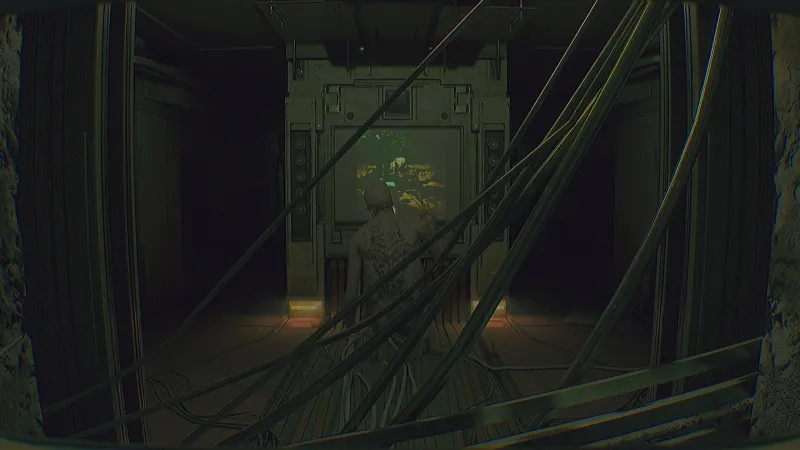
Routine isn’t filled with video game puzzles; it felt less like playing a game throughout my eight hours with it, and more like an elaborate sci-fi-themed escape room entirely based on logic. You won’t discover obtuse and nonsensical solutions like something you’d find in a zombie-infested police station, for example, but rather, codes, numbers, and remedies placed precisely where they should be. In this sense, Routine required me to rewrite my approach to its puzzles. I’m wary of using the word immersive, which varies from person to person, but Routine clicked for me when I placed myself in the shoes of this engineer – a guy whose shift today brought him to a decrepit lunar station to use computers and analog terminals to figure out what the hell went wrong. Of course, the narrative journey he then goes on speaks to something more ancient, more maternal, than the 1980s-inspired tech he interfaces with, but ultimately, Routine is about a strange and bad shift at work.
Most everything in Routine happens through the lens of your Cosmonaut Assistance Tool (CAT), a square gun-like tool that is able to connect to the technology of this space station in a variety of ways. At first, it does little more than project tabs on marked walls to pull up things like the save button, your objectives, and saved media. To do that, you have to look at your CAT, press a button on it, then aim it at the specified wall to pull up the tabs. It’s the first taste of just how tactile Routine gets, and as you upgrade your tool with more modules, you unlock the ability to shock robotic stalkers, access secure doors, and find hidden messages.

To do any of these tasks, you must interact with the CAT by pulling it up and pressing a button or pulling a trigger back or slotting in a cassette-like object… or something – there is no automation here. On paper, it’s an exhausting routine of pressing buttons before doing the thing you want to do, but it’s so diegetic that it’s impossible to imagine Routine without this tactility. I loved every puzzle presented to me, which often involved finding hidden codes on walls or in lockers, plugging them into terminals to unlock a new clue, and progressing to the next stage of the puzzle (often a new room or location to explore).
Though watchful robots that occasionally swarm attempt to get in the way, requiring you to zap them or run, and monstrous creatures try to kill you, this antagonistic behavior is a small aspect of Routine. They aren’t harmless, but if you’re saving often, they do little to set back your progression, ultimately making them feel inessential to what makes Routine great.
There are no “unlocks” or in-game celebratory moments in Routine upon completing a puzzle – just the dull droning of the electricity powering this station, the occasional beeps from monitors, your breath, and the knowledge that you get to advance forward. And yet, it’s some of the most exciting puzzle-solving I’ve experienced because of how enticing the reward of moving deeper, getting one step closer to the answer to, “What is going on?”
Musical flairs from composer Mick Gordon magnetically mix with the gorgeous late-‘70s future aesthetic, itself flush with crunchy film grain and an intoxicatingly impressive attention to detail; the tactileness of Routine feels like a crucial element to rounding out the atmosphere, and knowing I needed to press a button here and open a secure door with my CATs small security module screen there while an unholy being stalked after me just a few feet behind added a thrill that left my mouse damp with sweat. Gross, like the gaping chest that would swallow me if I failed.
Routine is a survival-horror game in the lightest of senses. There are robots and creatures to run/hide from occasionally, and you have little in your arsenal to fight back, but that genre tag is a misnomer – this is a puzzle experience drenched in tension and terror. With your CAT tool and the wits you’d hope appear if you, yourself, were placed in this terrible situation, a seductive Pandora’s box of escape rooms awaits you.
Score: 8.5
The Future Of Tomb Raider Will Be Revealed At The Game Awards
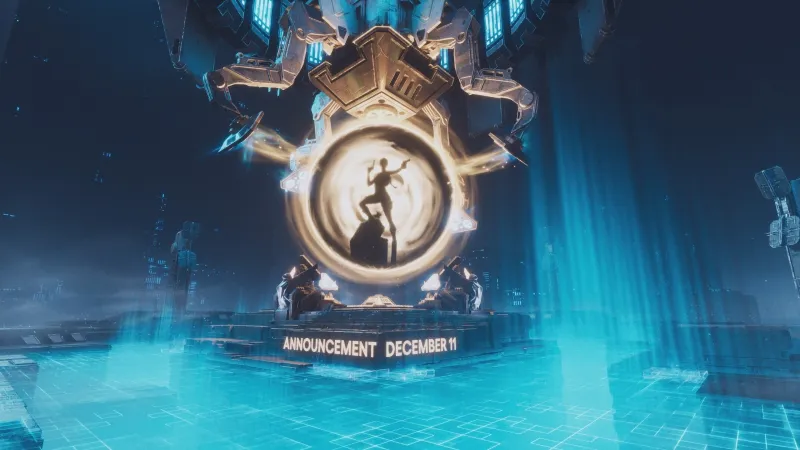
The Game Awards airs this Thursday, December 11, but we now know that one of the big reveals will be related to Tomb Raider. This announcement was first revealed in Fortnite (yes, Fortnite) before the franchise’s official X account shared the news to a broader audience.
The announcement consists of a piece of art (posted above) that shows a silhouette of Lara Croft atop a pedestal bearing the words "Announcement December 11”. The Tomb Raider X account then posts the following message:
As just revealed in The Game Awards Vote in Fortnite map portal, tune in to @thegameawards on December 11 for a look at the future of one of gaming's most iconic franchises @tombraider
While the announcement doesn't explicitly promise a new game reveal, it’s been known since 2022 that Crystal Dynamics, which has developed every mainline Tomb Raider game since 2006’s Tomb Raider: Legend, is working on a new entry in the series. At the time, the studio announced it was being developed in Unreal Engine 5, but little else is known about the project other than it will be published by Amazon Games (even after this division suffered mass layoffs in October). The development of the game was reportedly also unaffected by the rounds of layoffs that hit Crystal Dynamics in August.
The last mainline Tomb Raider game was 2018’s Shadow of the Tomb Raider. Since then, fans have been treated to two remastered collections of the first six games in the series: Tomb Raider I-III Remastered in 2024 and Tomb Raider IV-VI Remastered earlier this year. Meanwhile, Season 2 of Netflix's Tomb Raider: The Legend of Lara Croft animated series is set to premiere on December 11 – the same day as The Game Awards. Thursday is shaping up to be a big day for Lara Croft fans.
For more on The Game Awards, here's the full list of award nominations.
